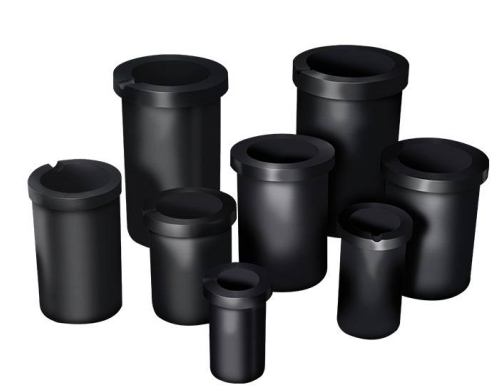- 01
- Nov
Graphite crucible refractory temperature
Graphite crucible refractory temperature
Graphite has a very wide range of applications and is one of the minerals that are resistant to high temperatures. Like graphite crucibles, they are made of natural graphite raw materials and retain the original excellent properties of graphite. What is the refractory temperature of the graphite crucible?
The advantages of graphite crucible:
1. Fast heat conduction speed, high density, reduce dissolution time, save energy, high production efficiency, and save manpower.
2. Uniform structure, specific strain resistance and good chemical stability.

3. Environmental protection, energy saving, corrosion resistance, acid and alkali resistance, etc.
Picture: Graphite crucible
Like our common metal copper, aluminum, gold, silver, lead, zinc and alloys, they can all be melted through the graphite socket. It can be seen that the temperature that the graphite crucible can withstand is higher than the melting point of these metals.
The melting point of graphite is 3850°C±50°, and the boiling point is 4250°C. Graphite is a very pure substance, a transition type crystal. Its strength increases with the increase of temperature. At 2000°C, the strength of graphite doubles. Even if it undergoes ultra-high temperature arc burning, the weight loss is very small, and the thermal expansion coefficient is also very small.
How high is the high temperature resistance of the graphite crucible? It is also possible to reach 3000 degrees, but the editor recommends that your use temperature should not exceed 1400 degrees, because it is easy to be oxidized and not durable.
